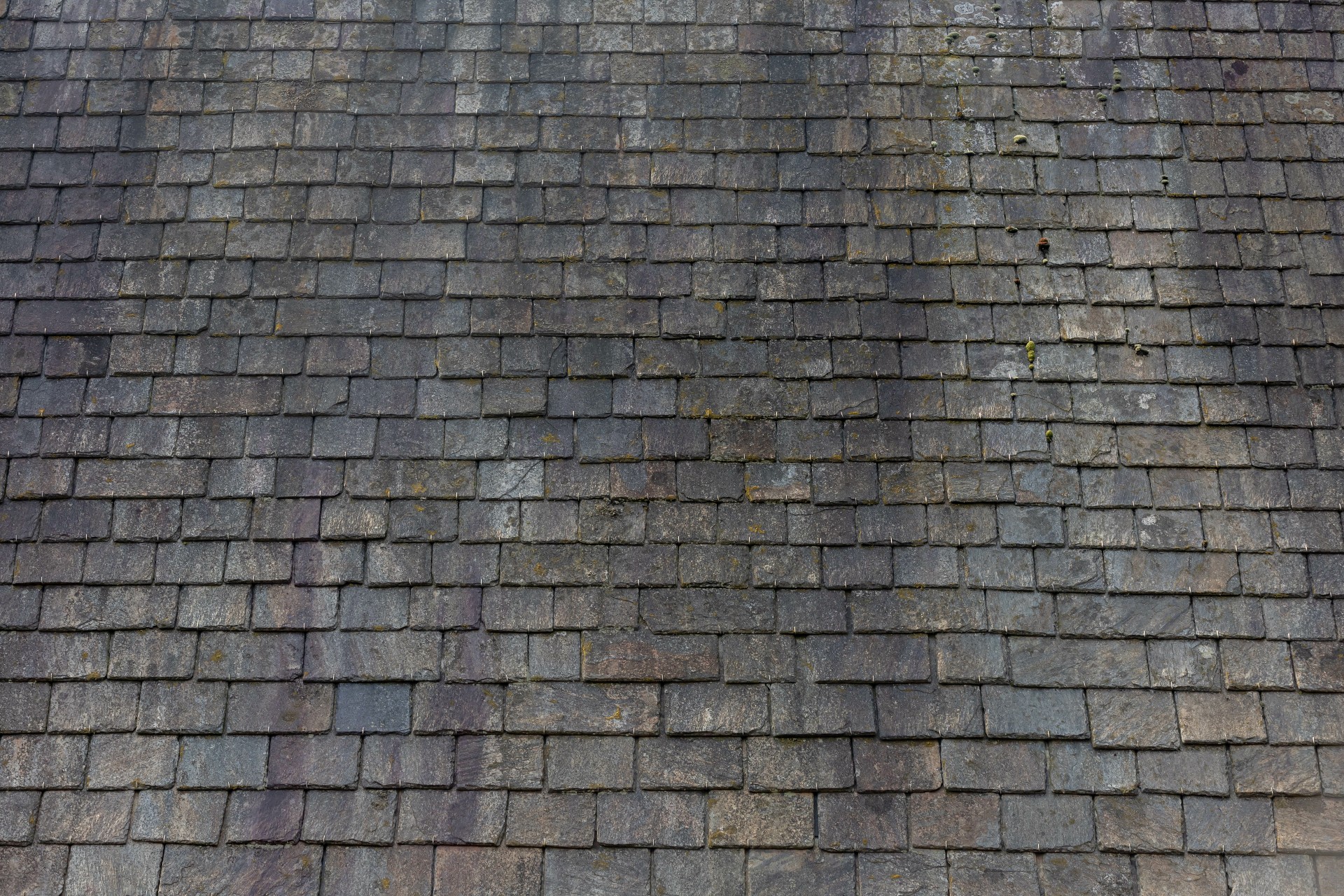You’ve pulled into your driveway, glanced up at your roof, and discovered—to your dismay!—that it looks discolored. Ugly, black streaks are marring its appearance. And you’re wondering if it means you’re dealing with a serious roof problem.
Does this sound like you?
If so, you’re facing what many homeowners have asked our roofing professionals about. These black streaks are definitely unattractive and frustrating. Here’s why you’re seeing these unsightly marks and what to do about them.
What Exactly Is This Black Stuff on Your Roof?
When your roofing shows splotchy, black marks, the culprit is an algae called Gloeocaspa Magma—a substance that tends to grow on north-facing and west-facing roof shingles. It’s also common in areas that have a lot of mature trees. It can spread through the air from house to house, so if you see this issue on a neighbor’s home, you’ll likely discover it on yours as well.
What Causes Roof Algae to Grow?
This type of algae feeds on limestone, and unfortunately, today’s roofing shingles are composed with a filler that contains limestone in it. Add to that the humidity and warmth common in many areas, including Kansas City, and you’ve got a recipe for roof algae to multiply until it appears as unmistakable black and brown streaks across your roofing.
Do You Need to Remove Roof Algae? Is It Harmful?
Without a doubt, black roof algae can diminish your home’s curb appeal. Beyond that, there’s some debate about how to deal with the issue. Removing the algae can potentially wear down your shingles, especially if you’re walking atop your roof and using tools that aren’t ideal for roof care as you try to scrape the black goop off.
But leaving the algae unchecked can allow it to build up even more, which may weaken your roofing and lessen its lifespan. And if you have cedar roof shakes—or even wood siding near the roof—the algae can support the growth of moss and mildew, leading to wood rot.
Can You Clean Black Streaks off Your Roofing?
Now that you know roof algae can potentially cause problems—and it’s certainly not going to improve if you ignore it—you may be thinking, “Can’t I just scrub it off?” Well, you can if you’re very careful about how you do it.
How to Clean Your Roof of Algae
Your roofing system needs to be handled carefully so it lasts as long as possible. If you’re going to wash off black algae, avoid using a power washer, which can damage your roof shingles.
Instead, create a mix of half water, half bleach, and apply it gently to the stained roof areas. (Wear gloves and avoid inhaling the fumes.) Let the mixture sit and work for 20 minutes, then scrub the area with a brush. Follow that by rinsing the area with clean water.
Cleaning off the algae has a few cons to be aware of. Chlorine bleach’s effects are short-lived and may cause discoloration. Oxygenated bleach must sit on your roof 45 minutes or more before you can rinse it off. And this method requires you to be up on your roof, which can be dangerous.
Choose Algae-Resistant Roof Shingles for a Lasting Solution
For a more durable fix for black streaks, consider investing in algae-resistant shingles for your next roof replacement. They work great because:
They’re made to resist algae growth
Algae-resistant roofing is made not with limestone, but with copper granules which prevent algae from growing and spreading.
They look attractive
Even though their makeup is different than other roofing, algae-resistant products mimic the look of regular roof shingles.
They’re super durable
These clever roof shingles not only stand up to algae—they stand up to time and wear too. Roofing that resists algae and other stains can last up to 20 years when properly installed, and can handle weather extremes too.
Get Peace of Mind about Your Roof with Algae-Resistant Asphalt Shingles
There’s no need to wrestle with unsightly black algae that mars your home’s curb appeal. If you’re tired of an unattractive roof or if you’re nearing the time for a roof replacement, reach out to our pro team at Smart Exteriors.
We can help you learn how algae-resistant roofing can give you long-lasting, beautiful results you can count on for your Kansas City home.
Want to learn more about your Kansas City home's roof?
Our "Roofing Guide for Kansas City Homeowners" is a great place to start

